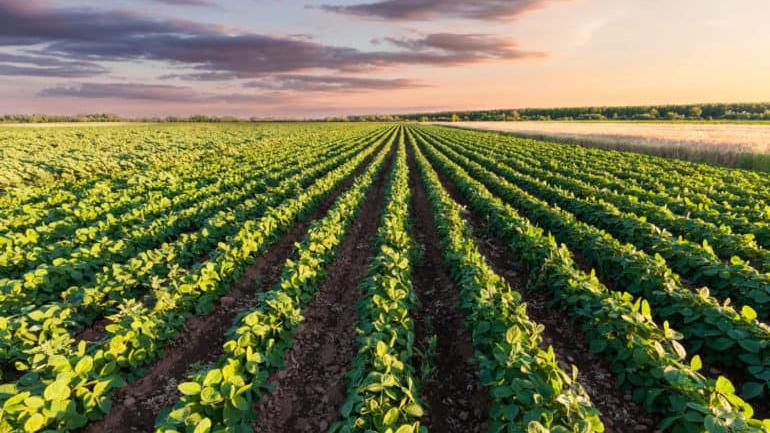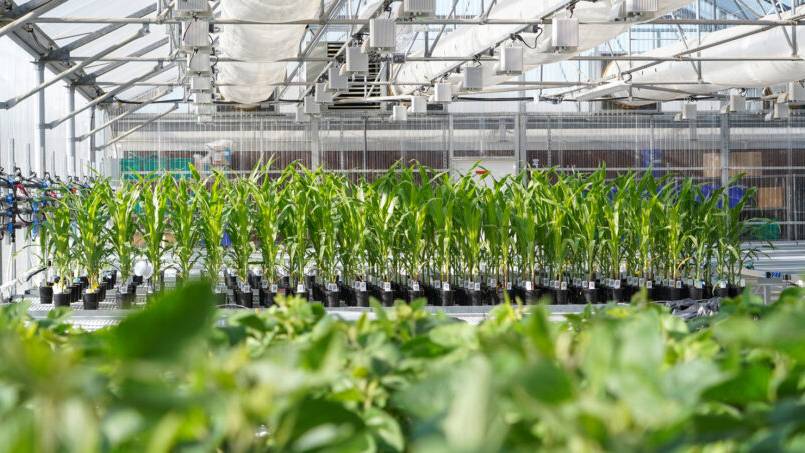Why the North Africa Crop Protection Market is Thriving
Editor’s note: This story first appeared in AgriBusiness Global’s January/February print magazine. We now also distribute the magazine digitally for added circulation and convenience. Preview the digital edition here.
Increasing population, constrained land sizes, and a drive to achieve food security by Egypt, Tunisia, and Morocco have pushed the three North Africa countries to embrace intensive agricultural production practices that include judicious use of quality crop protection products under their respective national regulatory frameworks.
Although the three countries fall within the Maghreb region, where some areas are characterized by an average annual rainfall of 100mm and huge swathes of dry lands that are part of the Sahara Desert, a combination of irrigation and modern agricultural production technology has enabled them to expand acreage under crop farming with crops such as soybean, wheat, vegetables, various fruits, cotton, sugar, and maize, and which require the use of pesticides to ward off diseases and avert damage during production periods.
Egypt, whose agrochemical industry is controlled by the country’s Agriculture Pesticide Committee (APC), has on average 50% of the country’s 99 million people involved in agriculture despite the limited agriculturally productive land that makes the use of quality farm inputs inevitable for both increasing yields and protecting crops.
The country’s major crops include maize, rice, and wheat that take up a large share of the pesticides applied. Other crops include soybean, cotton, sugarcane, sugar beet, and fruits, such as grapes, oranges, and vegetables, especially potatoes and other fresh produce particularly for urban consumers, who make up 43% of the country’s total population.
Although up to 75% of Egypt’s agricultural pesticide demand is met by imports, according to market analyst Research & Markets, the country has tried to improve certainty and transparency in regulating its pesticide use, especially with the establishment of the APC, the only agency in the country that “exercises the authority and shoulders the responsibility of agricultural pesticide management and regulation.”
Manufacturers interested in setting up agrochemical production plants and also importers and exporters of crop protection products in Egypt require licensing by APC, which also regulates pesticide labeling, dosage application, and distribution.
It is APC that controls the registration of all agrochemicals in Egypt after verifying the products’ chemical, biological, and safety aspects. The agency draws samples to check for quality at the Central Laboratory of Pesticides, according to guidelines of the Ministry of Agriculture. APC has the mandate to “restrict, suspend, or cancel use of any pesticide that poses adverse effects or imminent hazards to the human health and environment.”
Many of the agricultural farm inputs are the products of international manufacturers, such as Nutrien, Belaruskali, OCP, Yara International, and Sasol.
Currently, APC says “a substance is considered for possible registration if it is officially registered for pesticidal purpose in the United States, European Union, Canada, Japan, and Australia.”
Despite the achievements in regulating Egypt’s agrochemicals market, manufacturers, suppliers, and farmers still face challenges, such as devaluation of the Egyptian pound and increasing demand for natural gas to generate electricity instead of directing it to the manufacture of nitrogen-based products.
North American agricultural products and services retail supplier Nutrien, which has a 26% interest in Egypt’s Misr Fertilizers Production Co. (MOPCO), says: “There is also a risk to the MOPCO nitrogen facility with respect to gas deliverability, as gas may be diverted for power generation as Egypt is seeing growing demand for power.”
Nutrien, one of the world’s largest producers of crop nutrients, manufactures and markets nitrogen, potash, and phosphate, with a distribution network in North Africa among other global markets.
In Tune with Tunisia
Apart from Egypt, Tunisia is the other active agrochemicals market in North Africa, with an agricultural pesticide regulatory framework that has been in existence for 57 years. However, the regulators have been undergoing reviews and amendments to align them with latest agrochemical market trends, with major changes announced in 1992 and 1999, when the law on pesticide management was approved and promulgated respectively.
Agriculture plays a major role in Tunisia, with at least 16% of the country’s workforce engaged in farming, and annual crop production contributing an average 12% to the country’s economy every year.
Although Tunisia is a net importer of key food products, such as wheat, soybeans, maize, vegetables, sugar, and barley, it is known for production and export of olive oil, dates, and citrus fruits. The country, with an estimated 11.4 million people, is also an exporter of phosphates, which are used in the manufacture of fertilizer.
Registration of new agricultural pesticide in Tunisia takes 24 months, including the 12 months reserved for trials of the product, before it is approved for release to the market. The approval and trials are carried out by the Ministry of Agriculture’s central laboratory. The laboratory is also mandated to carry out analysis of maximum pesticide residues on food items destined for the domestic and international markets.
Tunisia, being a net importer of agrochemicals, requires that all crop protection/nutrition product importers are registered by the government after complying with the criteria set out in the “Cahier des Charges” or Specifications Book released under the Ministry of Agriculture’s Order of 2003.
Even with the compliance to the Specifications Book guidelines, the government of Tunisia insists it must control the pesticide formulation for all imported agrochemicals under the country’s 1994 Decree that, among other requirements, includes the mandatory labeling of the products either in French or Arabic language.
More About Morocco
In neighboring Morocco, Africa’s fifthlargest economy, players in the country’s agrochemicals supply chain import an estimated 90,000 tonnes of pesticides, of which 55% are insecticides and anti-rodent products, according to the Office of National Health and Food Safety. Fungicides and herbicides form about 30% and 15% of the total imports, respectively.
Morocco’s crop protection market is estimated at U.S. $127 million, according to 2015 figures by CropLife Maroc, 90% of which is in the hands of private companies, including Syngenta, Bayer CropScience, and BASF, which account for 70% of this share.
Commenting on the 2015 market trends in Morocco, agricultural market research and consulting services provider, Kleffmann Group, said: “Import values increased stronger than import volumes, showing that Morocco leaves more and more organophosphate pesticides, preferring more efficient products with lower application rates.”
It is estimated that Morocco, with a population of 33 million, has 9 million hectares of arable land, with nearly 63% of it under cereal production. Cereals take up a third of Morocco’s crop protection products, leaving the rest for crops such as maize, olives, fruits, and vegetables, according to Kleffmann.
However, Morocco’s agricultural sector faces challenges that could impact the overall performance of the crop protection market, such as “scarcity of land and water, precarious land tenure, periodic droughts, soil erosion, poor access to credit, lack of farmers organizations, rural illiteracy, and a low level of technical training,” Kleffman said.
Despite the many challenges the North Africa crop protection market faces, the performance of individual markets, such as Egypt, Tunisia, and Morocco, have demonstrated the existing potential to manufacture high-quality agrochemicals and a growing market for farmed products that require farm inputs for higher yields and resistance against pests and diseases.





